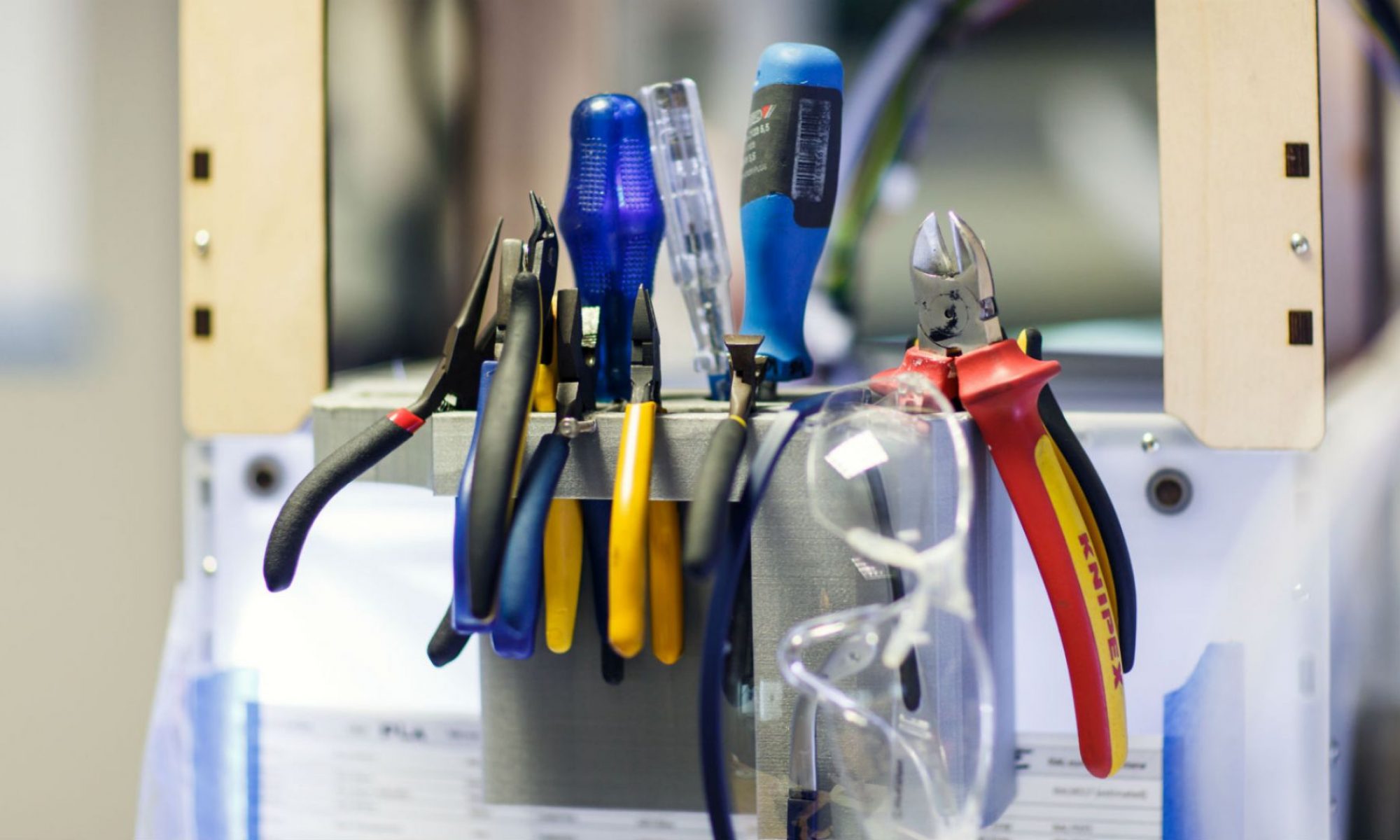
-Und wieder ist ein neuer AUGIde-HotNews erschienen, -HotNews 01/09 ist veröffentlicht.
Leider konnte ich meinen Beitag zum Thema „Inventor AutoLimits“ erst nach Redaktionsschluß einsenden (Immer diese Deadlines). 🙂
Aber es ist ja fertig, nur 10 Minuten zu spät; also hier geht es >>> zum Video
Aber natürlich gibt es Inventor Material! -Für die eMail-Version des Hotnews hat Norman Roith 10 neue unverbrauchte Tipps für Sie beigesteuert!
Norbert Gräser hat für alle Revit Anwender ein Video zum Thema Rastergrafiken (Bilder) ein Video erstellt.
In Revit können diese leider nicht mittels Sichtbarkeits-Parameter gesteuert werden. Mit welcher Funktion es geht, erfahren Sie in diesem Tipp. >>> zum Video
Achtung!Achtung! -Ein neuer Autor ist mit dabei….
AutoCAD Civil 3D und MAP 3D
ist Udo Hübner ein Civil Experte der mit Herz und Hand dabei ist, er hat für Sie 7 Tipps zu Civil 3D und Map 3D zusammengestellt.
Viel Spaß beim Lesen des neuen Hotnews,den kompletten HotNews finden Sie hier !













